Banyan Tree Nanjing Garden Expo
CCD/Cheng Chung Design knew it was imperative to beautify and restore the existing site to enable the symbiosis of human and nature for the Banyan Tree Nanjing Garden Expo.
Scars left by time
With sun rising, mists clearing, mountains growing and water dropping, every interaction between man and nature would leave marks, some of which have become the evidence of great civilization while others may become “scars” on the land that cannot be ignored.
Banyan Tree Nanjing Garden Expo is a luxury hotel located on Tangshan Mountain, which was once a paradise dense with clouds and mists. However, the exploitation and destruction by humans have stripped its vegetation, changed the geography, eroded the soil, and damaged landscape, turning Tangshan Mountain into devastated industrial ruins.
Art returning to the earth
After a long period of mining, there was little greenery left on the mountain, leaving only bare soil and stones exposed. CCD team contemplated on how to ensure the functionality of the design while blending it to the surroundings to contribute to ecological restoration.
To blend the architecture into nature, the designers adopted natural materials. The team believes that design is not only about form but more importantly is about becoming a part of natural environment. The selection of materials emphasizes sustainability and the respect to ecosystem. Taking nature as the medium of creation, the natural materials create a holistic, artistic scene.
Valley of light
Based on the site’s conditions and the design intention, the designers created a “Valley of light” in the lobby bar.
Taking advantage of the depth and variations of the valley, the space is curved and cut to present a natural scale and inclusiveness, making the guests feel as if they’re surrounded by a natural canyon.
The designers conceived this space as an adventurous tour. Walking along the mountain trail to explore further and further, the guests feel like they’re standing on a cliff against the backdrop of sunset.
Natural hues set the overall spatial tone. The whole space is light and elegant, and incorporates natural forms. It is enriched by varied structures, creating more possibilities for spatial exploration.
Art integrates into the space in various forms, provoking thoughts on the relationship between people, space and nature through creativity and rich imagination.
Stone trail
Every guestroom is equipped with a hot spring bath with a view of the valley and cliffs. The architectural structure and interior furnishings create a natural ambience that subtly resonates with mysterious atmosphere of the quarry valley.
Presenting forms with scenes and expressing emotions through forms is a core idea that the designers intended to convey. In order to achieve this, the team fully contemplated on the connection between the interior and the outside.
Retro green spreads throughout the space, which represents the vitality of “new life” whilst also creating an impression of fusion with nature.
The green tone creates poetry in interaction without being overly prominent.
From the walls to the table, the warm texture injects a calming ambience into the overall space.
The still stones on the wall echo the site’s setting, and intermingle with dynamic light and shadows, bringing about a harmonious scene.
Design: CCD/Cheng Chung Design
Photography: Wang Ting

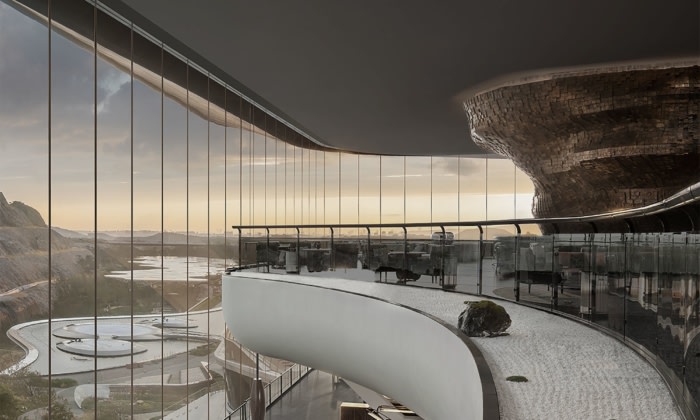

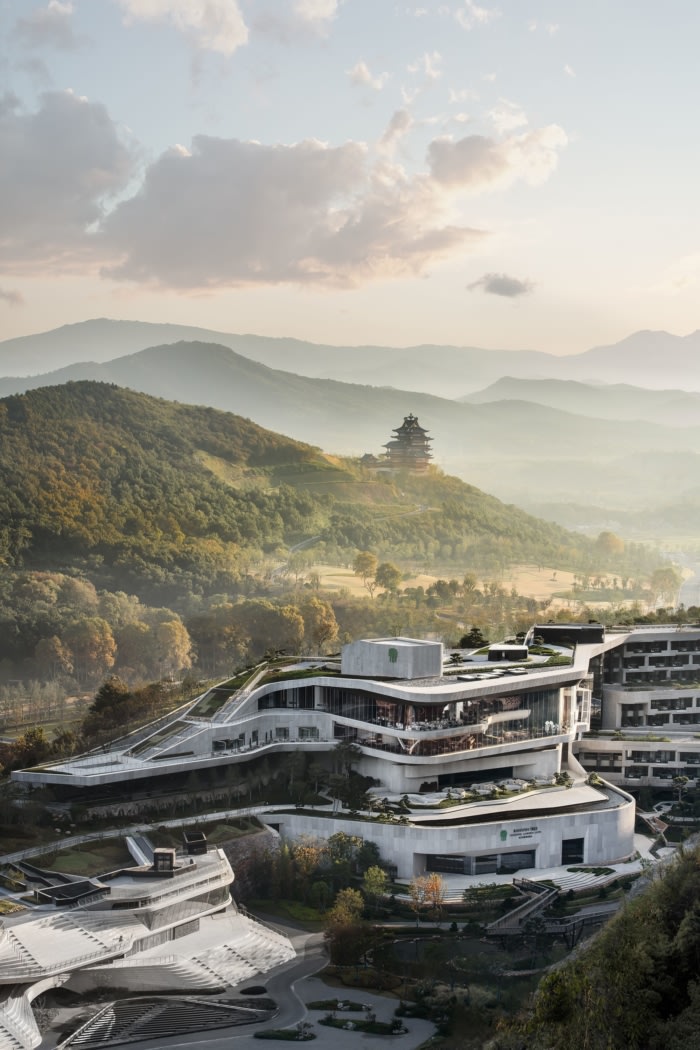
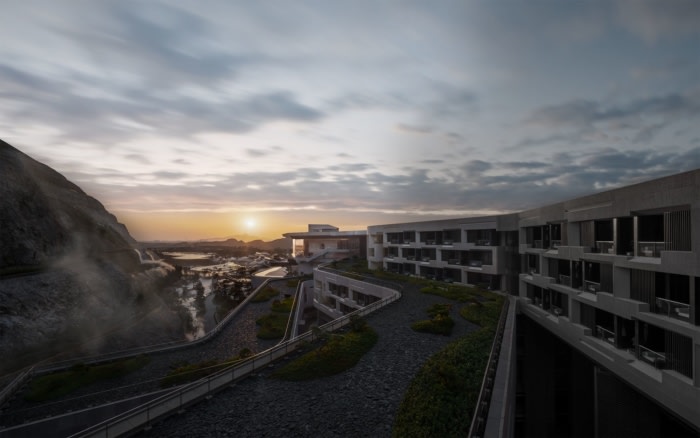
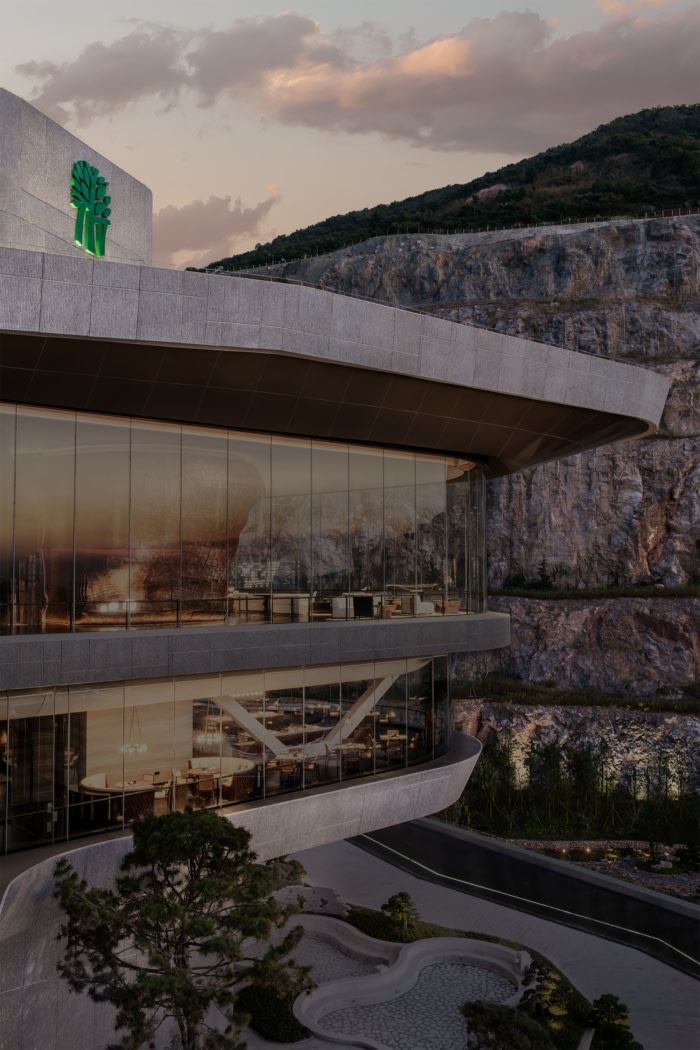
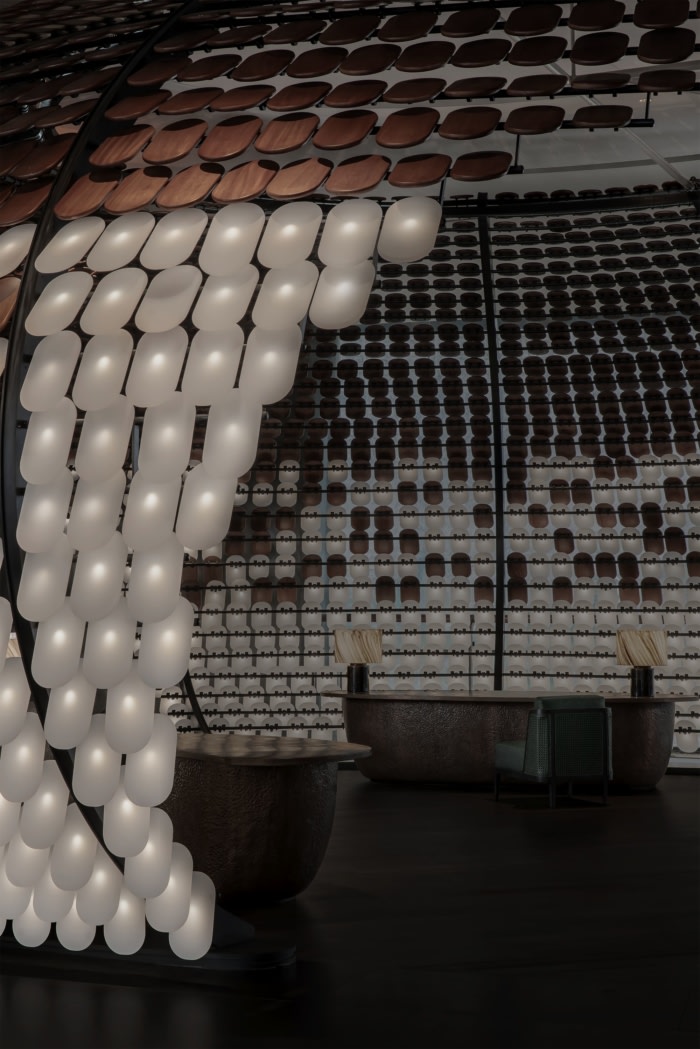
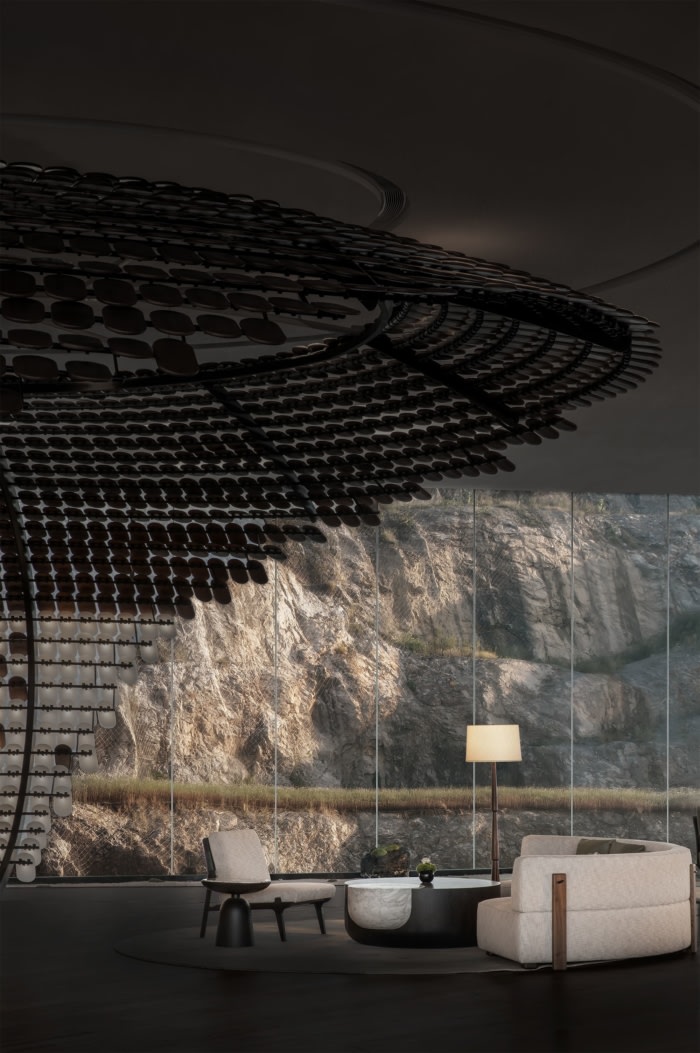


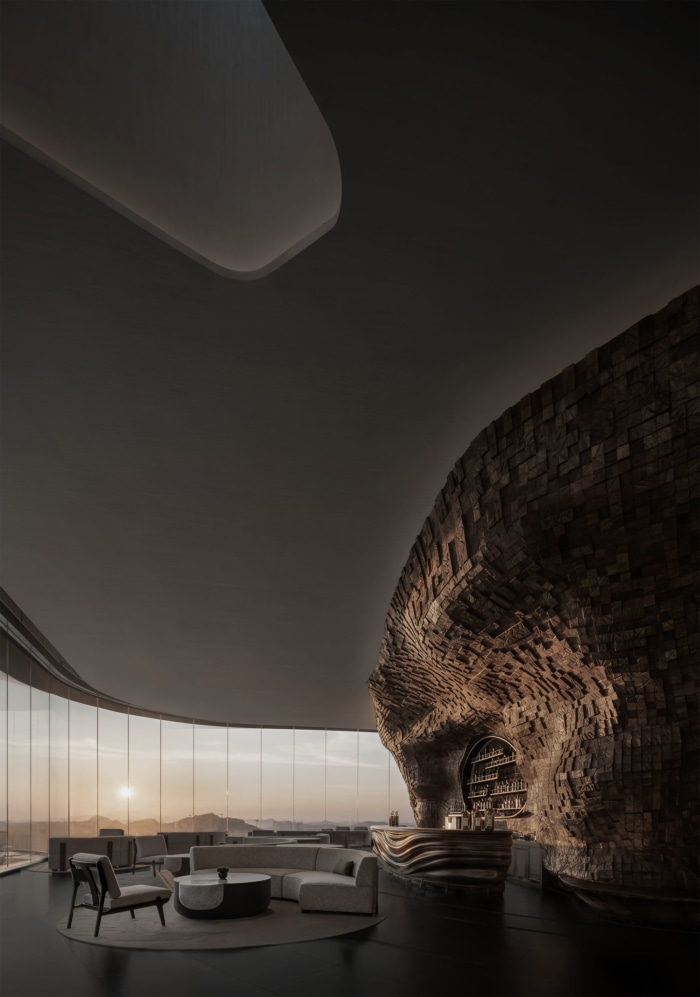
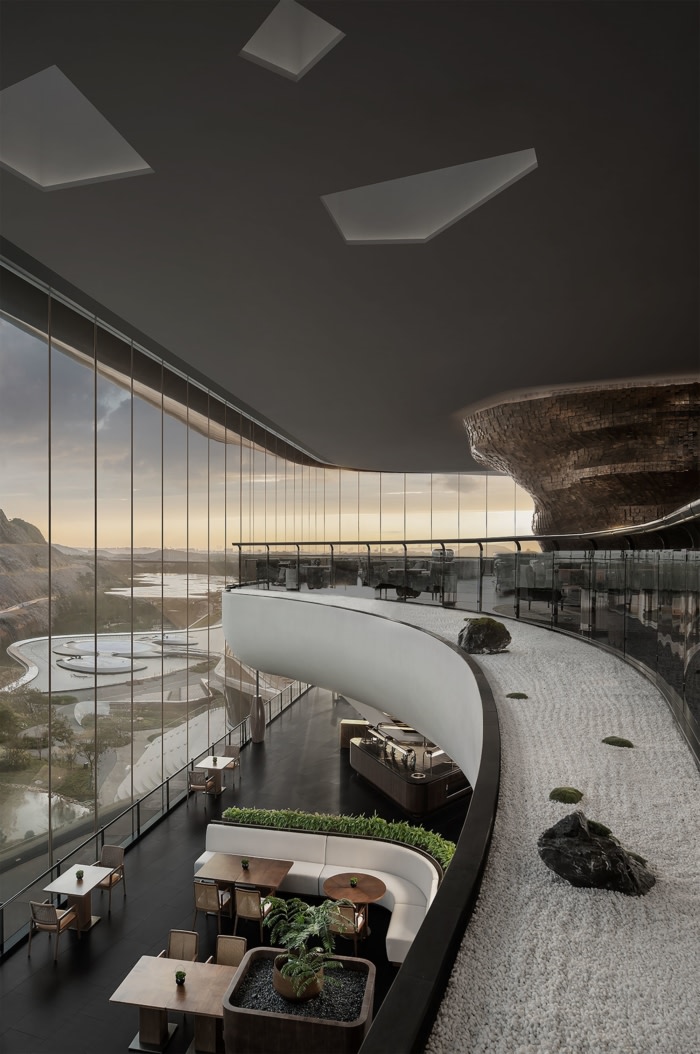

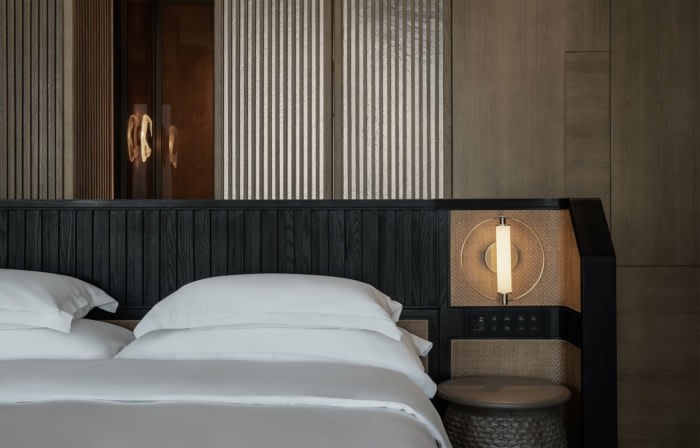

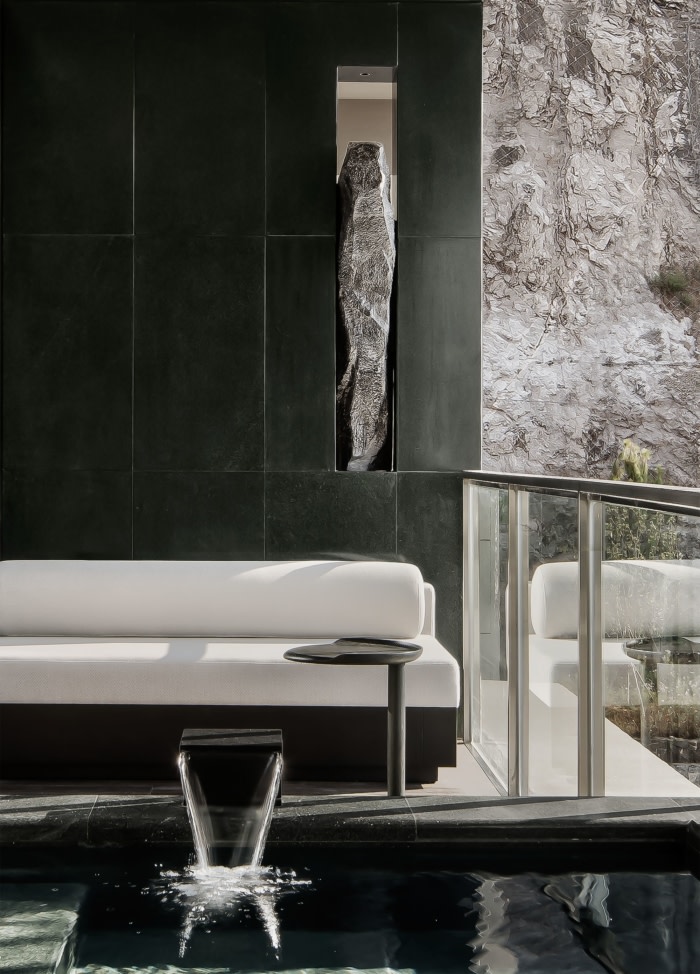




Now editing content for LinkedIn.